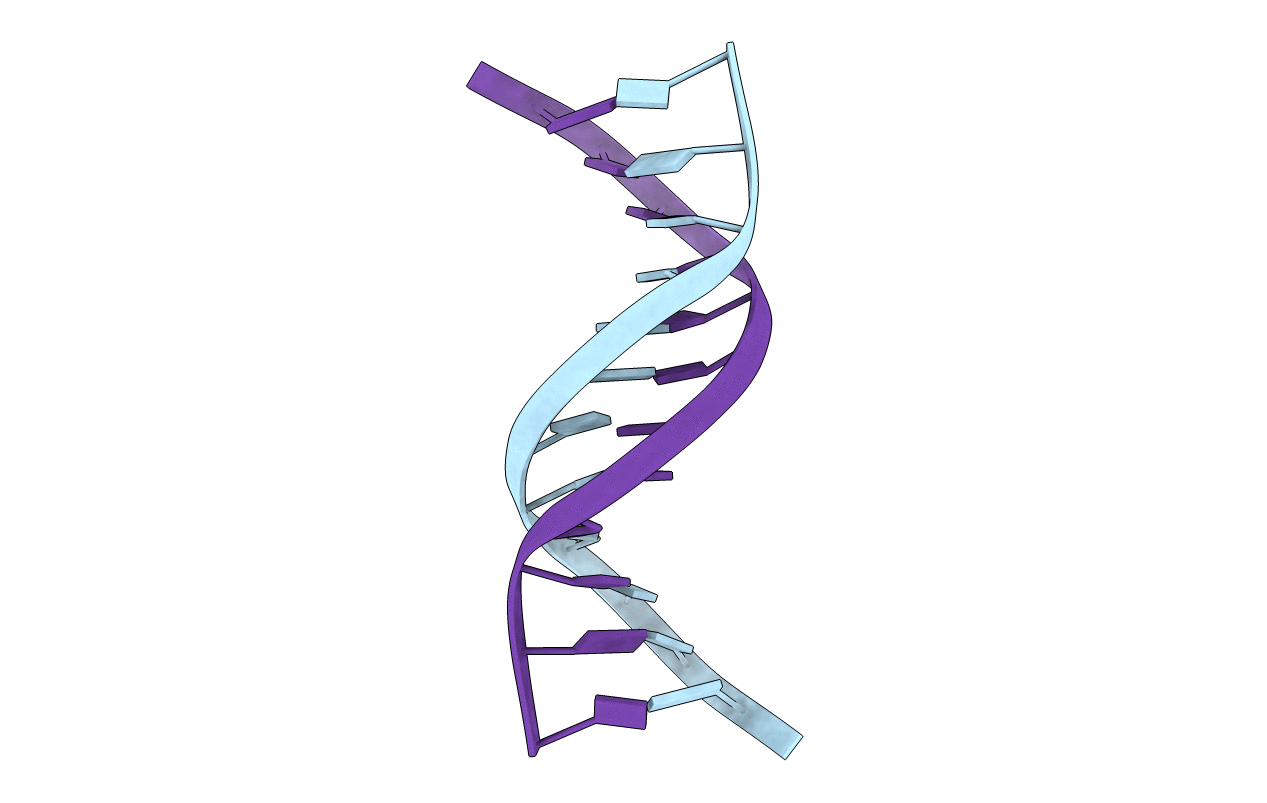
Deposition Date
1993-06-24
Release Date
1994-01-31
Last Version Date
2024-05-22
Entry Detail
PDB ID:
132D
Keywords:
Title:
SOLUTION STRUCTURE OF THE TN AN DNA DUPLEX GCCGTTAACGGC CONTAINING THE HPA I RESTRICTION SITE
Biological Source:
Source Organism:
Method Details:


